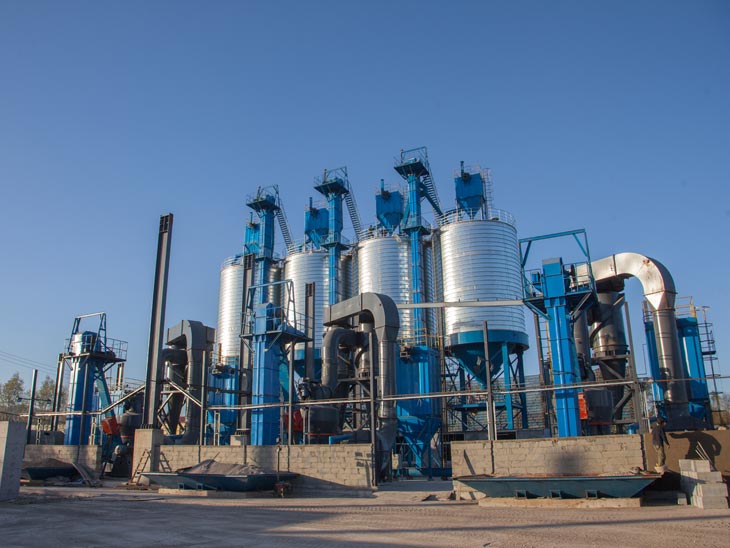
 WhatsApp
WhatsApp [email protected]Get PriceGet Quotation
[email protected]Get PriceGet Quotation
Limestone is a common sedimentary rock composed mainly of calcium carbonate (CaCO3). It is widely used as a building material, filler, and an essential component in the production of cement, lime, and other products. However, when burned in a power plant to produce electricity, limestone releases sulfur dioxide (SO2) into the atmosphere, which contributes to air pollution and acid rain.
To reduce the emissions of SO2, power plants use a process called flue gas desulfurization (FGD), which removes the sulfur dioxide from the flue gas before it is released into the atmosphere. One of the most common FGD methods is the wet scrubber, which sprays a slurry of limestone and water into the flue gas to neutralize the sulfur dioxide. The limestone must be ground into a fine powder before it can be used in the wet scrubber.
Grinding mills are the key equipment in the FGD process. They are used to grind the limestone into a fine powder, which ensures a high level of desulfurization efficiency. The size of the ground limestone particles affects the reaction rate and overall efficiency of the FGD process, so it is important to choose the right grinding mill to achieve the desired particle size.
There are various types of grinding mills, including ball mills, vertical roller mills, and horizontal roller mills. Each type of mill has its own advantages and disadvantages, and the choice of mill depends on several factors, such as the type of FGD system, the size of the power plant, and the desired particle size.
Ball mills are the most commonly used grinding mills in FGD systems. They are simple to operate, low-cost, and can handle a wide range of particle sizes. However, they are not as efficient as vertical or horizontal roller mills, and they consume more energy.
Vertical roller mills are more energy-efficient than ball mills and produce a finer grind, but they are more expensive and complex to operate. They are also not suitable for grinding coarse particles.
Horizontal roller mills are the most efficient type of grinding mill for FGD systems. They are also the most expensive and complex to operate. They are capable of grinding the limestone into a very fine powder, which results in a high level of desulfurization efficiency. However, they require a higher initial investment, and their maintenance costs are higher compared to other types of grinding mills.
In conclusion, the choice of grinding mill for limestone desulfurization in power plants depends on several factors, including the type of FGD system, the size of the power plant, and the desired particle size. Ball mills are the most commonly used grinding mills, but vertical and horizontal roller mills are also effective. Horizontal roller mills are the most efficient, but they require a higher initial investment and have higher maintenance costs.
We have jaw crushers, impact crushers, cone crushers, sand makers and so on.
Mon - Sun, 0:00 - 24:00
24h Online Service
© Zenith. All Rights Reserved. Designed by